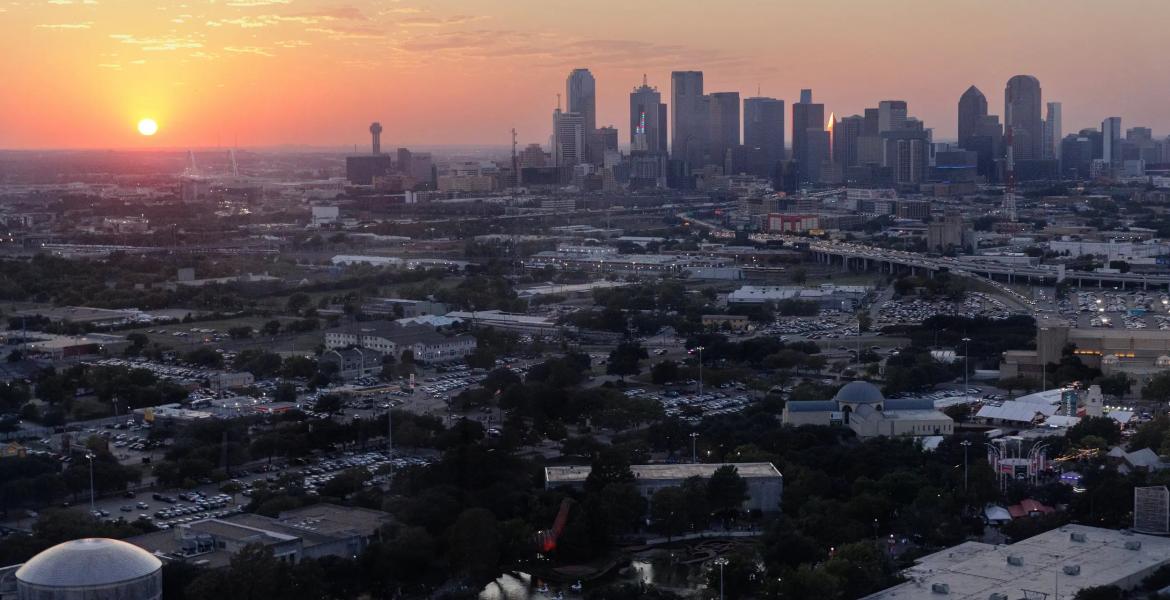SAN ANGELO, TX — Daylight saving time will end this Sunday, Nov. 3, at 2 a.m., when clocks “fall back” by one hour, granting residents an extra hour of sleep and marking the transition to shorter daylight hours as winter nears.
The time shift affects most of the U.S., with exceptions for Hawaii and much of Arizona, under the Uniform Time Act of 1966. While many modern devices automatically adjust to the change, some manual updates may still be necessary, especially for appliances like wall clocks and microwaves.
Daylight saving time was originally established to conserve energy during wartime, but it has become increasingly controversial. In recent years, 19 states have pushed for legislation to make daylight saving time permanent. Despite these efforts, federal approval is required to make any lasting changes.
In 2022, the U.S. Senate passed the Sunshine Protection Act, which proposed a permanent daylight saving time. However, the bill stalled in the House and expired by the end of the year. While reintroduction of the bill remains a possibility, the twice-yearly clock changes are expected to continue for the foreseeable future.
Subscribe to the LIVE! Daily
Required






Comments
Listed By: Wiley Coyote
To keep this bs clock change must mean that monies are heavily involved.
No other reason to keep it.
- Log in or register to post comments
PermalinkPost a comment to this article here: